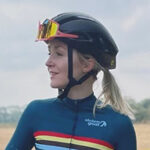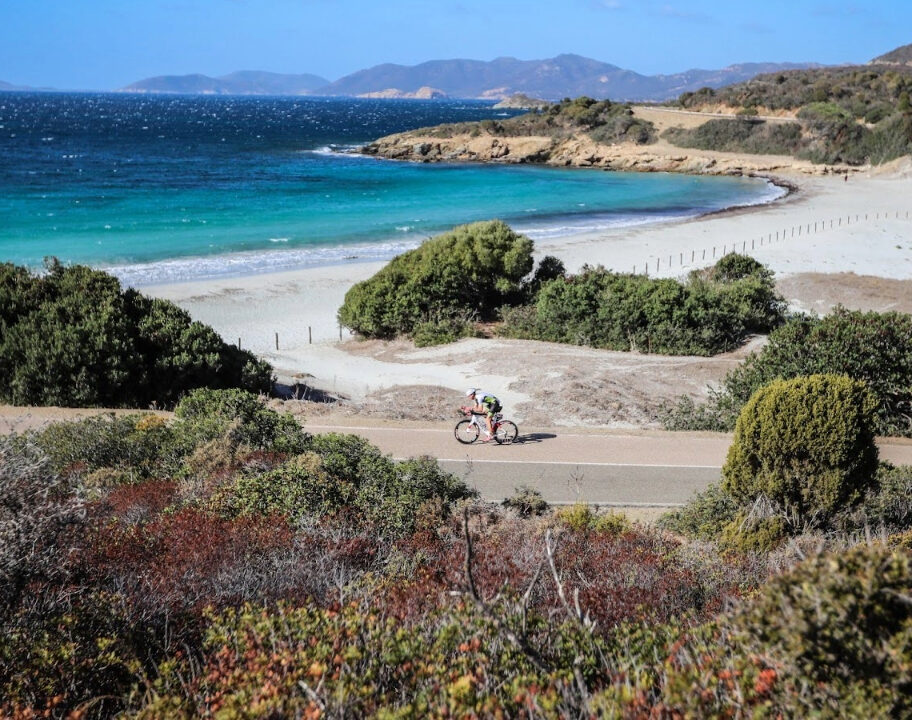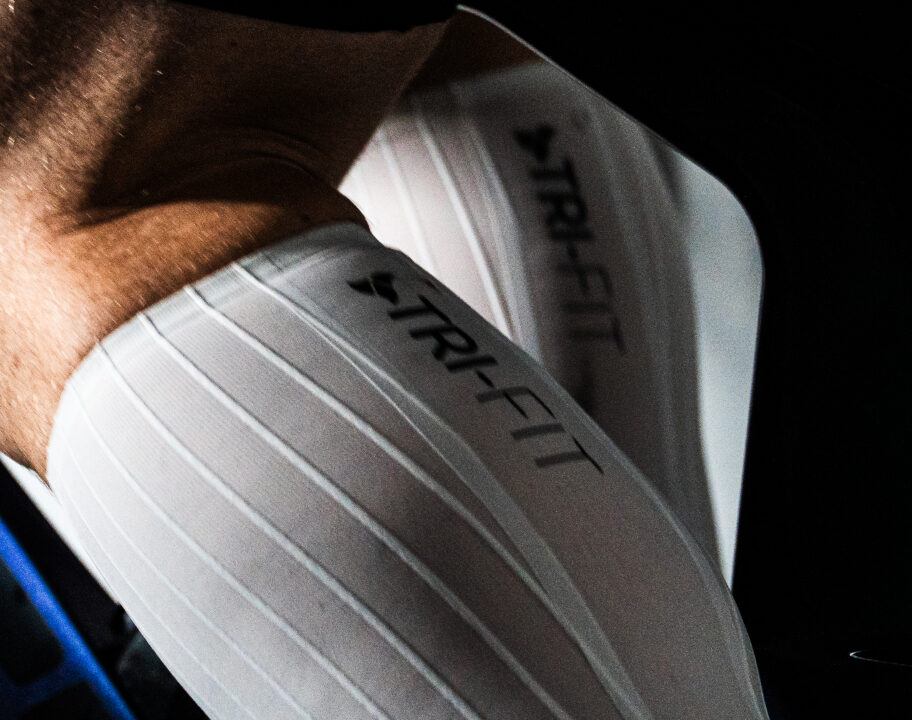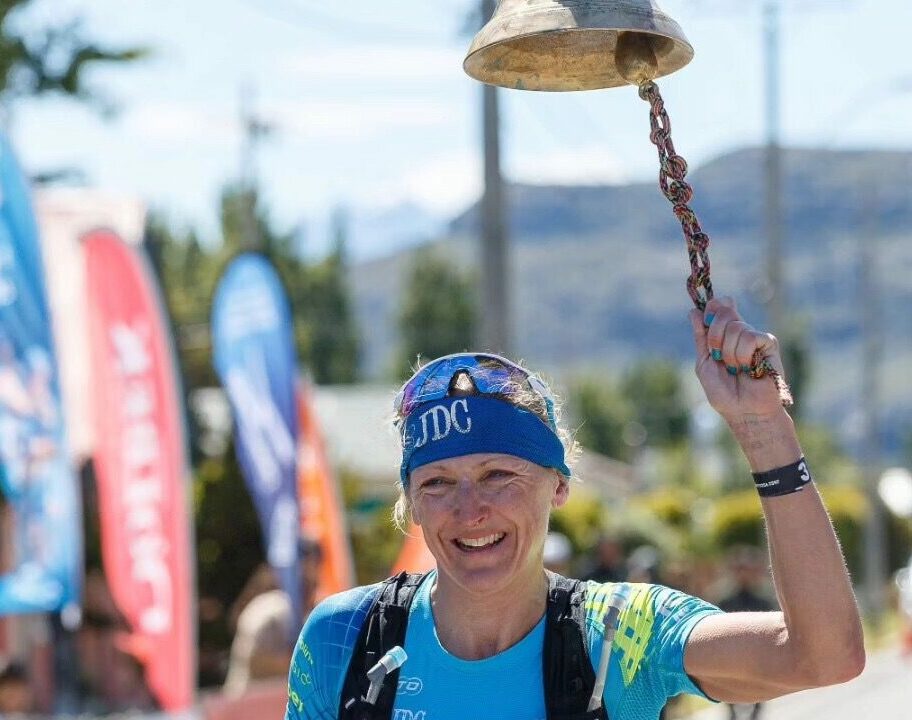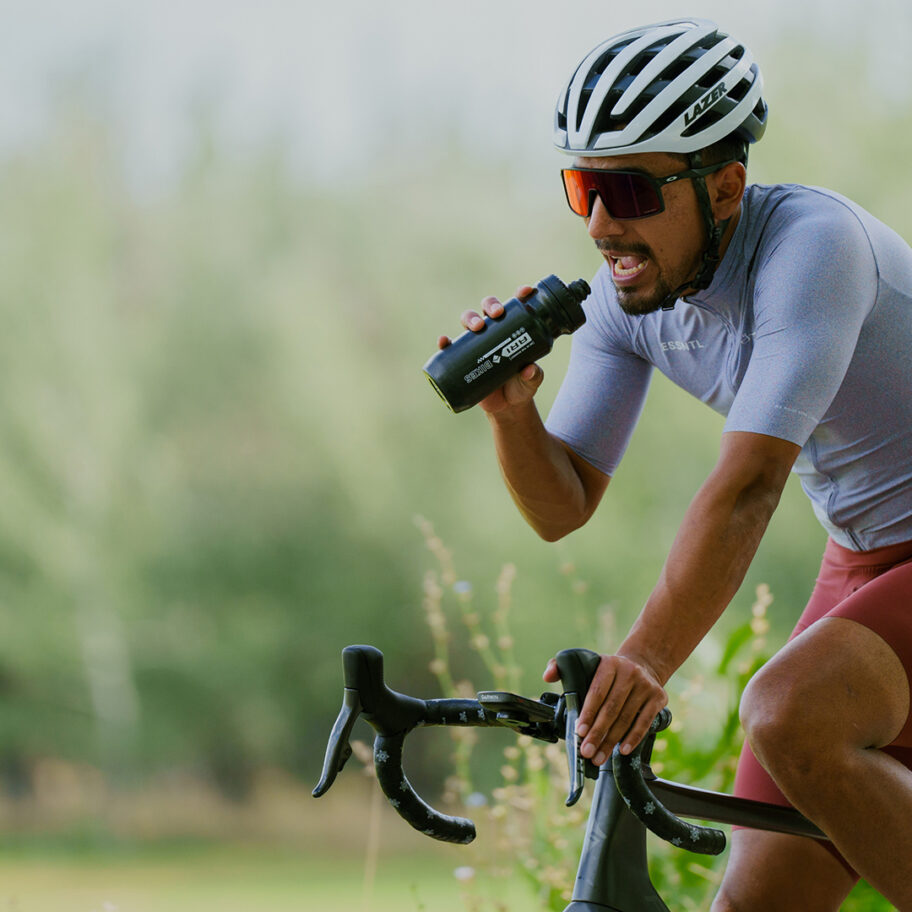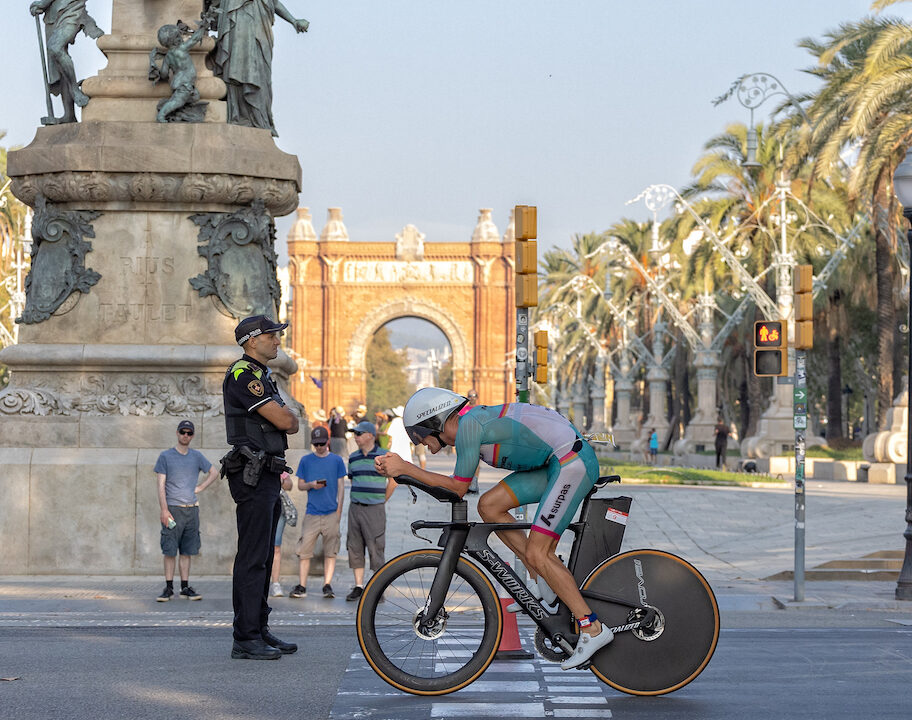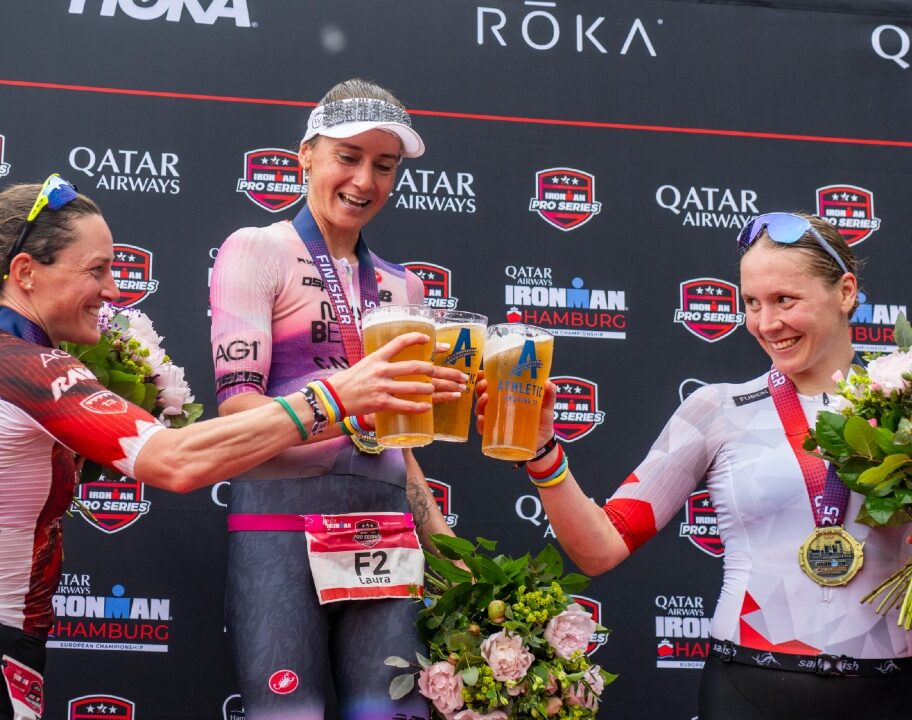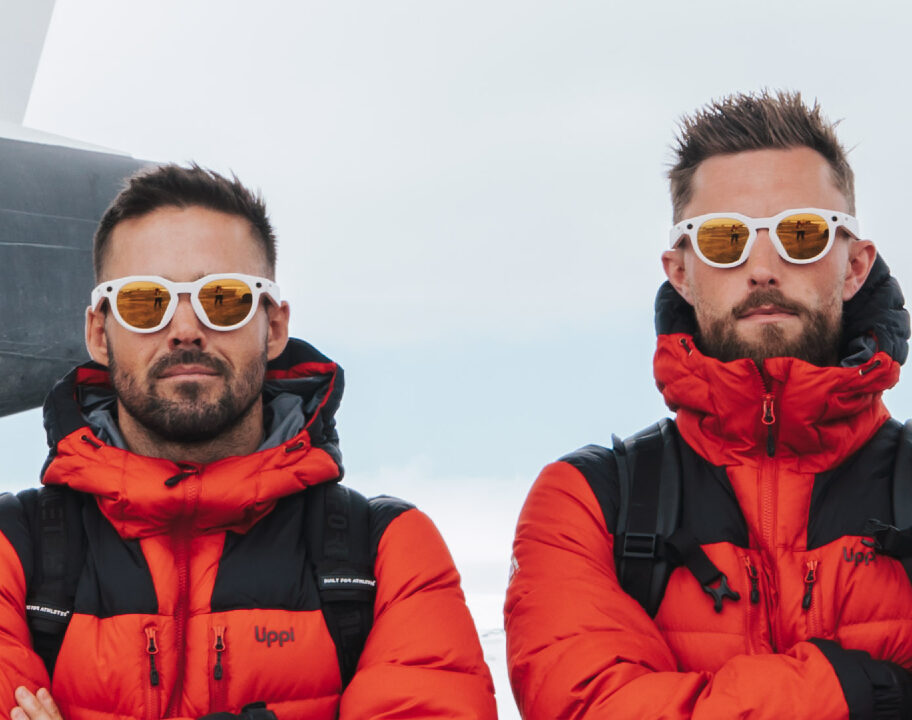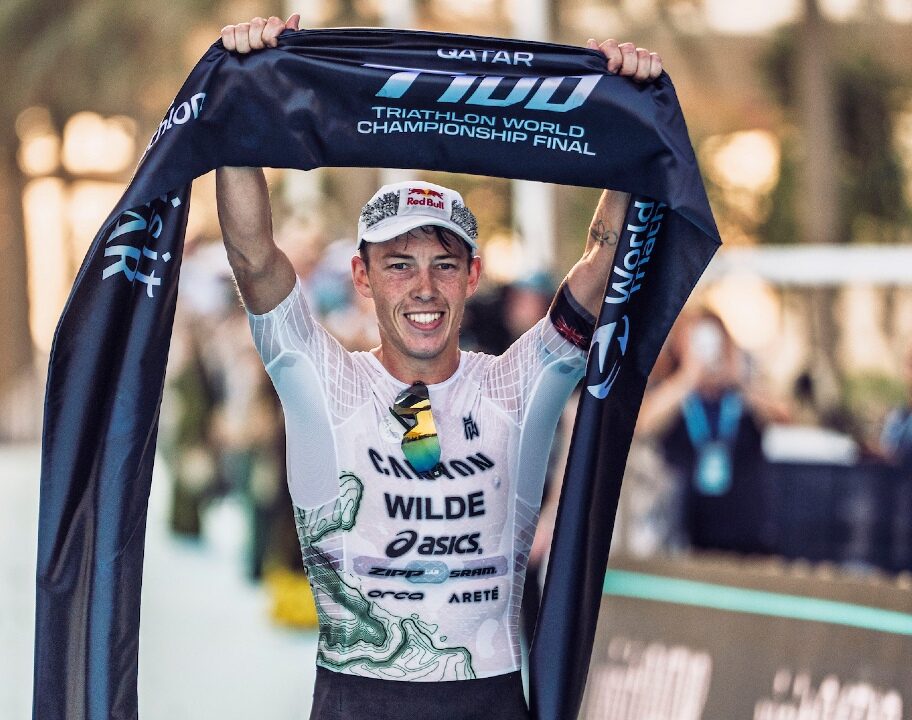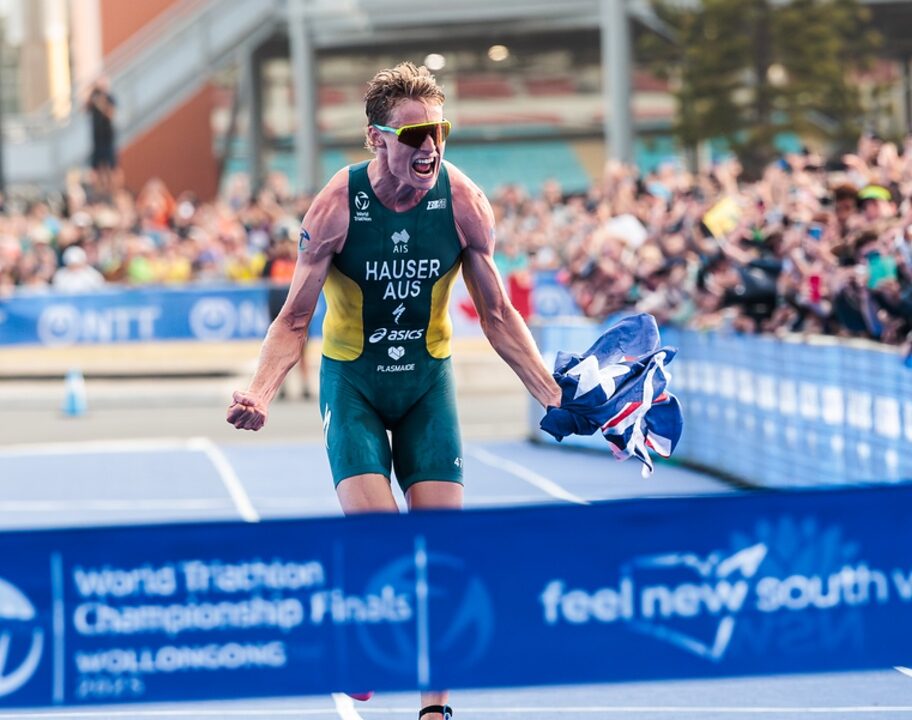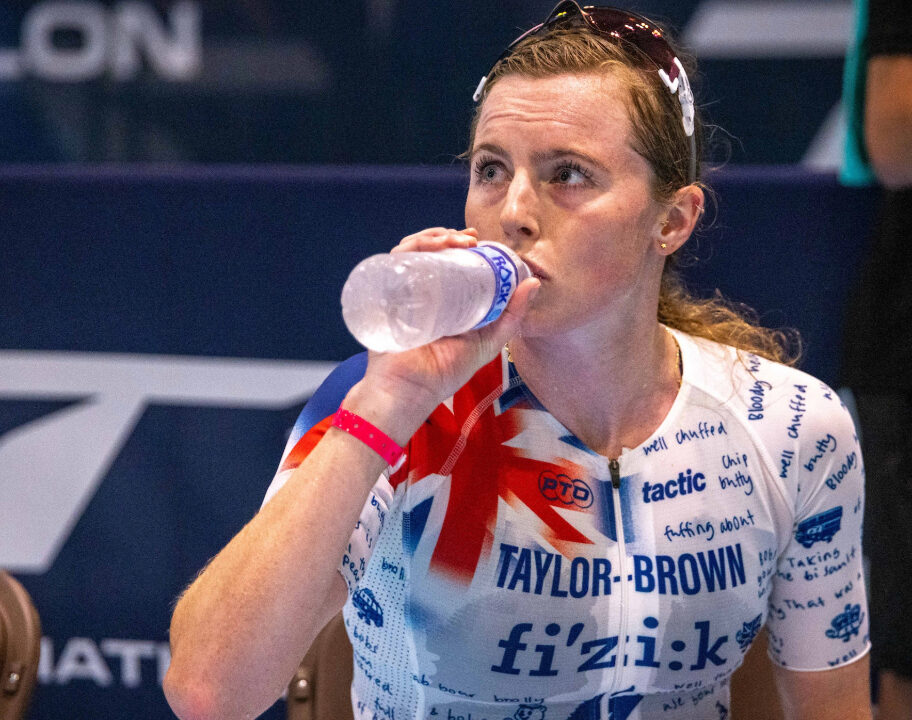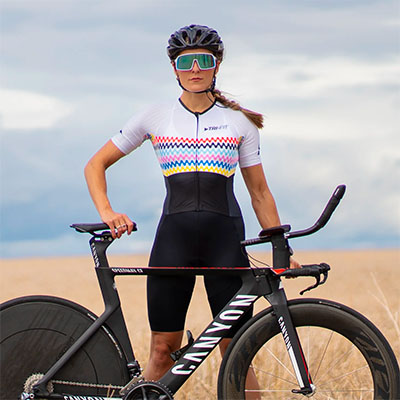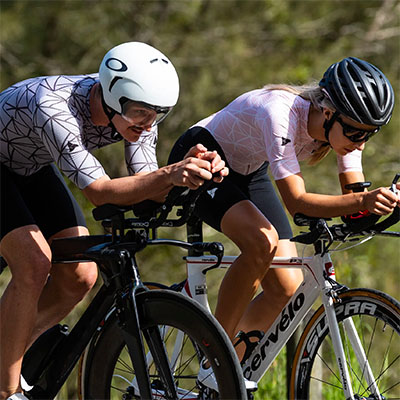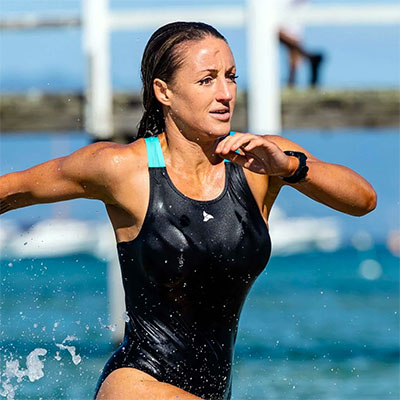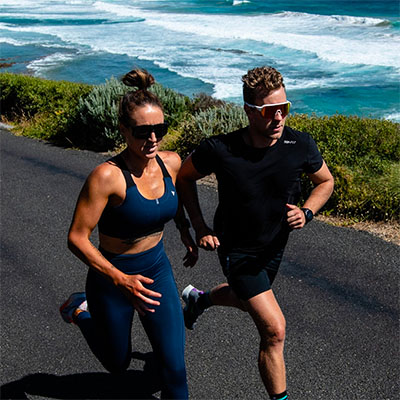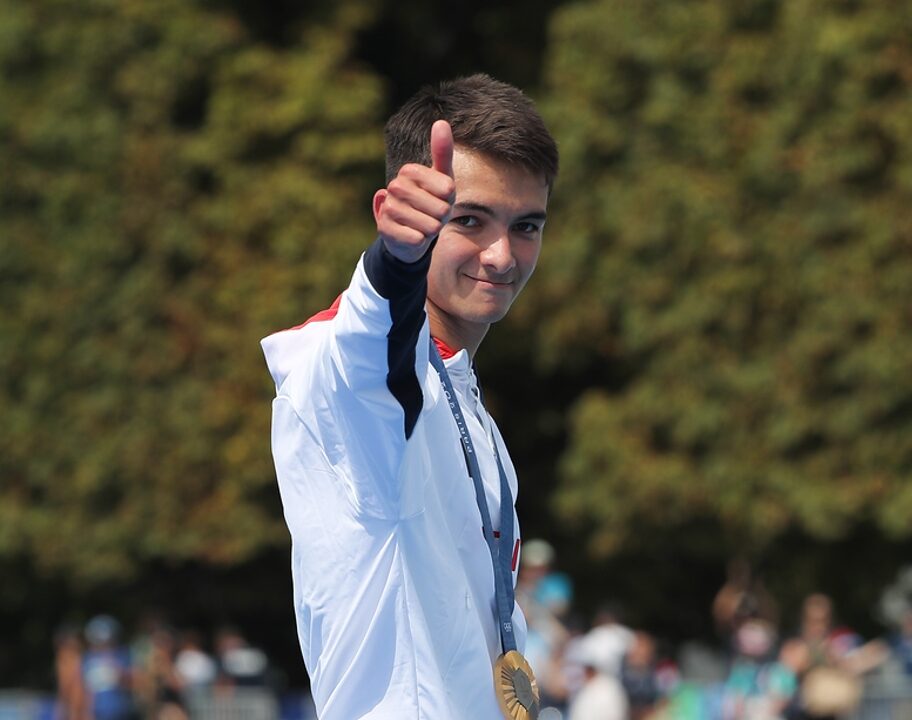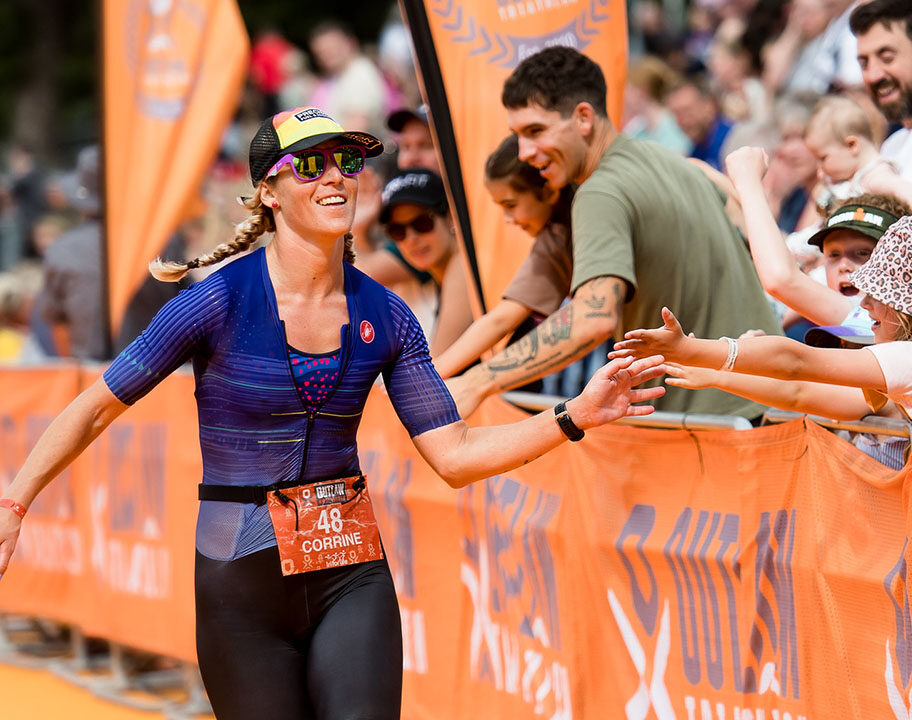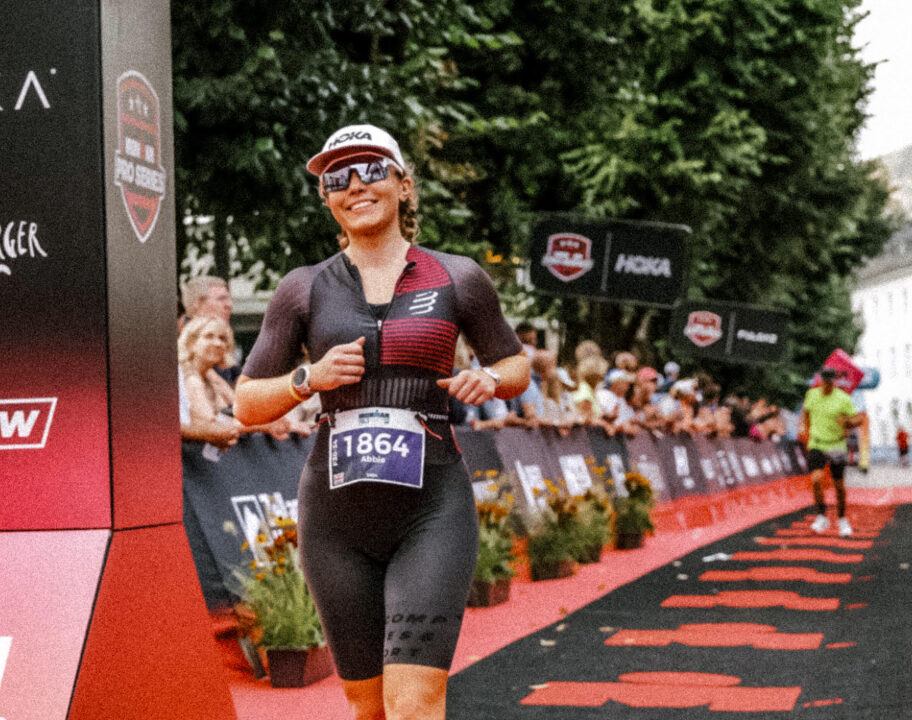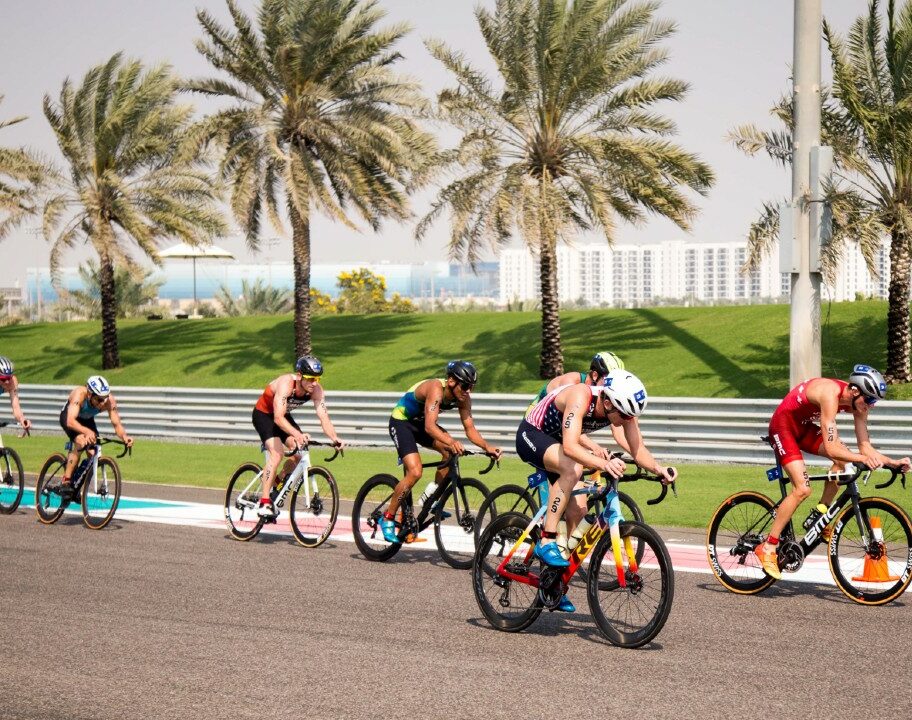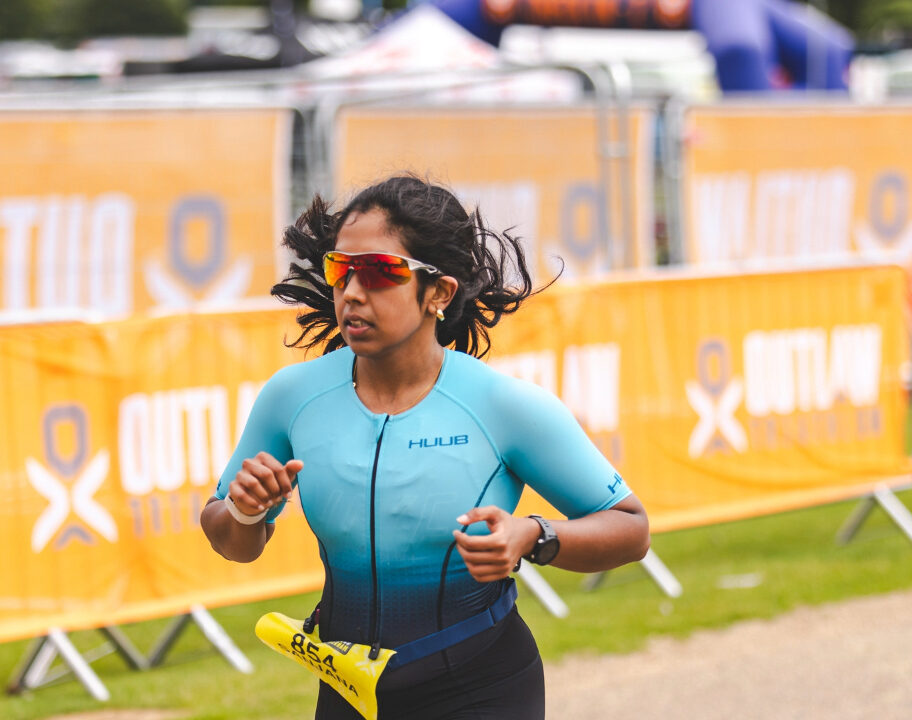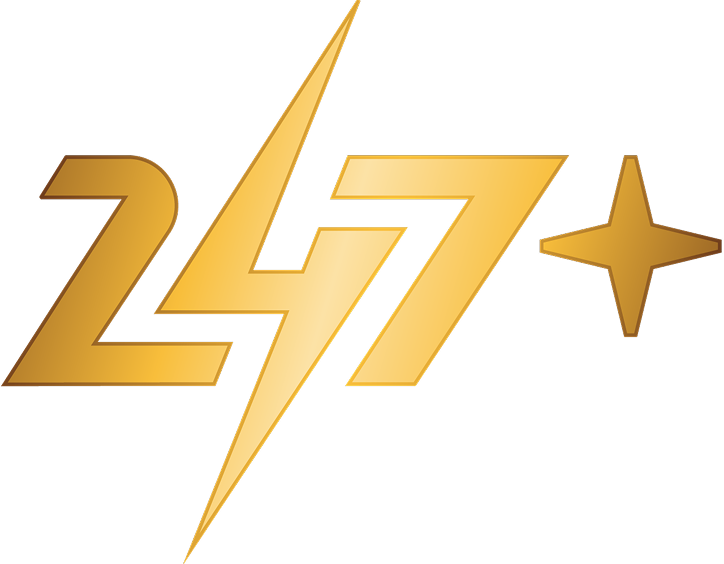Since introducing age-group racing alongside the PRO series, with their T100 Triathlon World Tour series the PTO has quickly established themselves an event organiser who know how to put on a show when it comes to their race courses. From the surreal experience of racing on closed roads in the heart of the bustling metropolis that is downtown Singapore – something I got to experience myself in 2024 and still feels like a ‘did that really happen!?’ moment. To high octane racing on the streets of London, rolling the dice in Lake Las Vegas and taking in the scenic coastal views over in Vancouver.
But the recently announced bike course for the inaugural French Riviera T100 triathlon looks set to bring something special to the T100 circuit. A single lap, 80km bike course that promises a taste of the very best of cycling in the South of France. Rolling climbs, sweeping descents and stunning views off the Cote d’Azure. It didn’t take much convincing for me to pack my bags and hop on a plane to go and check it out for myself. Read on to find out how me and my last minute rental bike got on, and why I’m (unofficially) dubbing this the ultimate middle distance triathlon for bike-lovers.
French Riviera T100 triathlon bike course
Before I dive into the specifics of what the bike course at the French Riviera T100 is like to ride, let’s take a quick look at the course itself. As I’ve mentioned, this is a single lap 80km route. The PROs will ride a very similar route to the age-groupers – and I reckon the shift from the usual multi-lap format will shake up the elite racing dynamics. More on that later!
“The T100 is built on having iconic locations around the world. And as we thought about Europe, the south of France, the French Riviera was such a natural choice. But specifically we wanted to be in Saint-Raphaël and Fréjus because we recognised the potential for a pretty incredible bike course. It’s been several years in the making, in fact this has been one of the events we’ve taken the most time to work through. But we’re really thrilled to be announcing a pretty epic course for both the age groupers and for the professional racing.”
– sam renouf, ceo professional triathletes organisation / t100 speaking to tri247
You’ll start at Base Nature in Fréjus and wind your way along the coastline passing through the neighbouring resort town of Saint-Raphaël. Once you get to Agay, the views get seriously stunning. You’ll be riding on a stretch of the iconic Corniche d’Or. To your right, you’ve got views of the Mediterranean. And to your left, the imposing but beautiful red cliffs of the Estérel massif. Enough to distract you from the first little leg test of the day as you make your way up the Pic de l’Ours, heading up towards Theoles-sur-Mer.
Once you reach Theoles-sur-Mer, you’ve got a few kilometres to get the nutrition on board before it’s time for the main ascent – the Col du Testanier. Expect to be going up for around 10km – pacing will be key. The good news is, once you reach the summit you’ll have a sweeping descent and a fast, flat stretch all the way back to Fréjus.
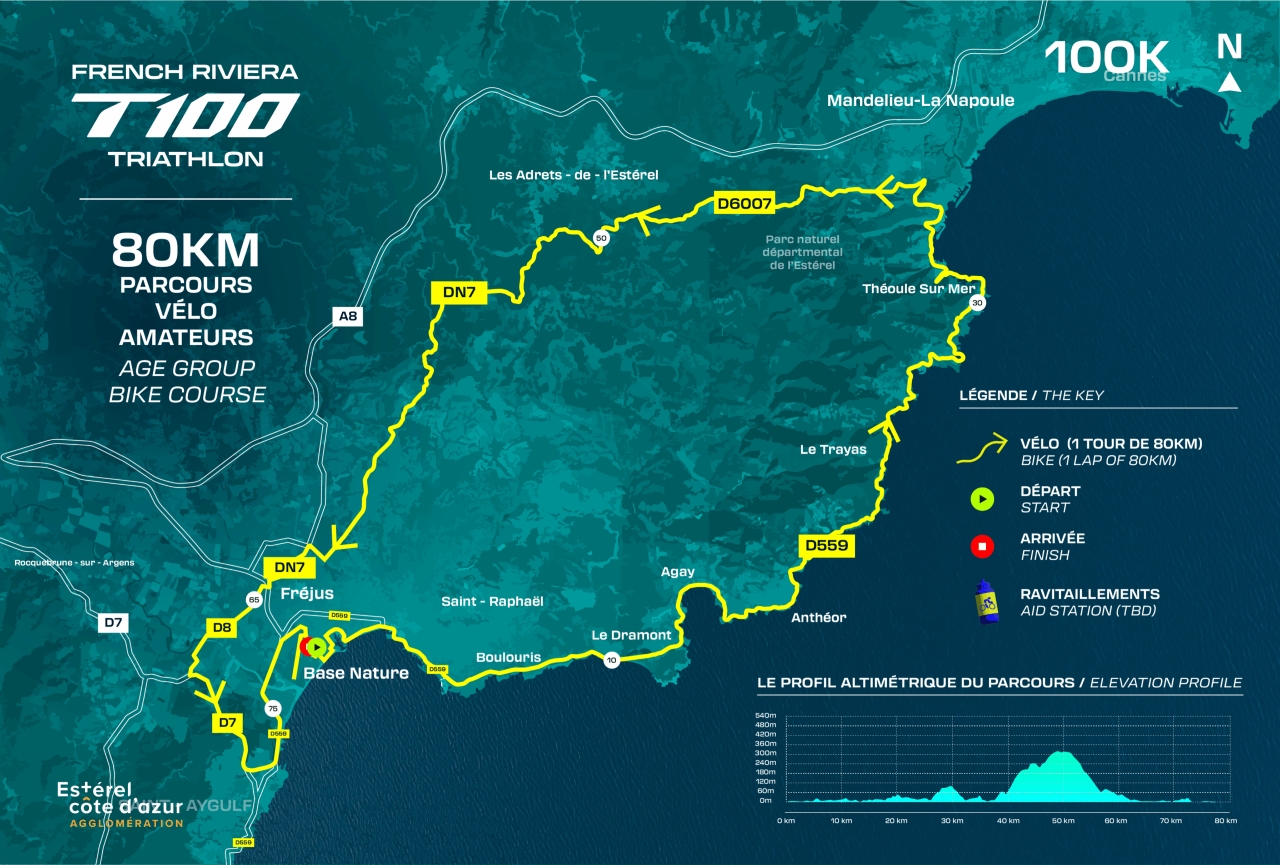
The total elevation gain over the 80km distance is just over 900m. It’s certainly a challenging bike course, that will favour the strong bikers. But the incredible scenery, and the fun rollercoaster ride that all the twists, turns and sweeping descents create will do plenty to distract you and make the kilometres fly by.
What is it like to ride the French Riviera T100 bike course? Tips and gear recommendations
Having jumped at the last minute chance to go and ride this course for myself, I quickly realised I wasn’t going to be able to take one of my own trusty bike steeds with me. Which meant an ad-hoc rental from a nearby magasin de vélos would have to see me through. And despite being on a bike that was a little heavier and a lot more rattly than my own set of wheels. This bike course was still incredibly fun to ride. So much so that I returned home dropping some seriously heavy hints to my other half about how a hot, hilly race at the end of August would be perfect for my Kona preparations, and how quick and easy the flight over to Nice was…
Prepare your climbing legs
The climbs are going to test your legs. There’s no getting away from that. But don’t let that put you off – the mix of flat sections and sweeping descents means overall they’re not going to do too much damage to your average speed.
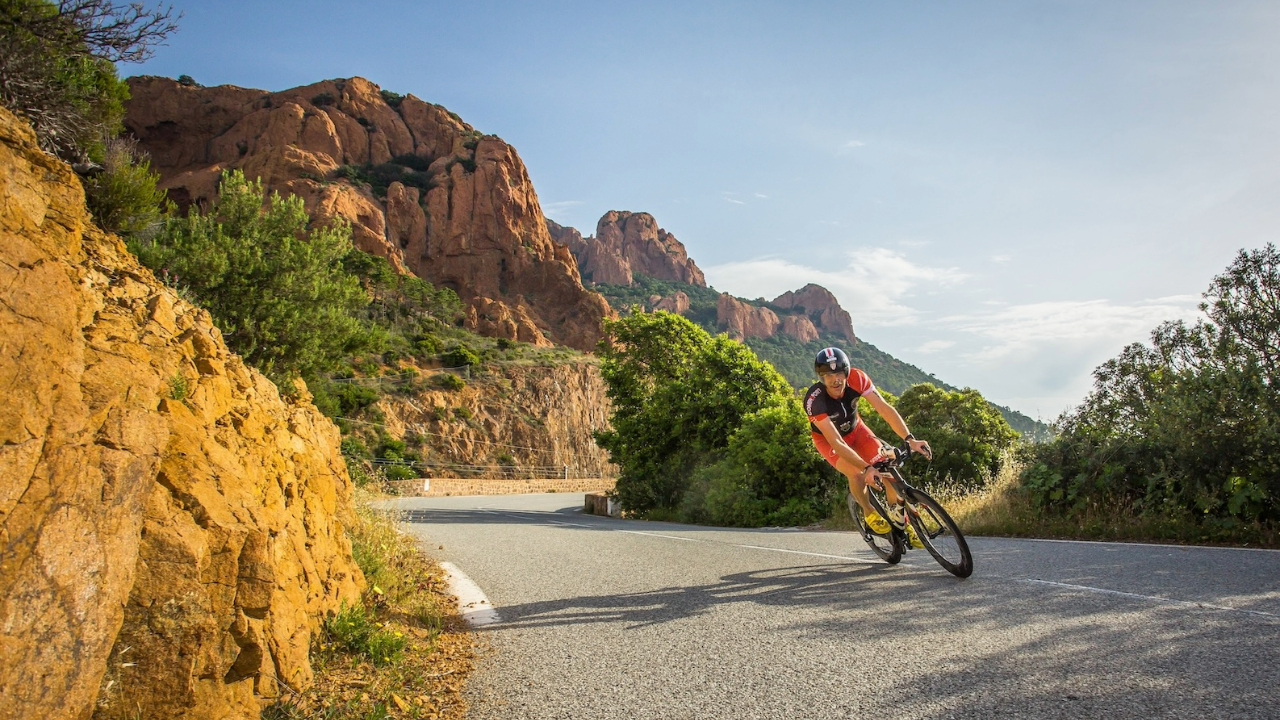
In training, try to plan hilly routes for your long rides so you can get used to pacing the hills and using the descents to recover. For your shorter, quality sessions I’d recommend a mix of hill repeats – ideally outdoors so you can work on your technique and bike handling. Along with some over-under threshold sessions. Not only will this help you to build some vital leg strength and aerobic fitness. It’ll also help your body to get as efficient as possible at clearing lactate so you can recover faster after the climbs, keep momentum and have plenty left in the tank for the run.
Race day tips
On race day, pacing yourself is going to be really important. It’ll be all too easy to get overexcited for the first 40km or so as you blast along the coastal roads and enjoy the rollers up to Theoles-sur-Mer, buzzing with adrenaline from the swim and T1. But you’ll have regrets once you hit the Col du Testanier.
If possible, I’d recommend racing with both a heart rate monitor and a power metre – if you have one. Calculate a target average power based on your FTP, and set a ceiling for the max power you want to hit on the climbs. Use heart rate to sense check this data in real time – if conditions are hot on race day and your heart rate is creeping up above threshold, you might need to scale things back to avoid an epic blow up on the run. If you don’t have a power metre, use heart rate and perceived effort to make sure you don’t go into the red too soon into the race.
“My top tip for age groupers racing the French Riviera T100? It’s going to be a combination of two things. They’re very simple, but sometimes people overlook simplicity. One is pacing, making sure they can get round that bike course because it’s a long way, especially with the kick we have towards the end if you’ve seen the course. And then second is nutrition. At the end of August, it’s going to be hot – it’s not going to be too hot, we certainly go to hotter locations on the T100 Triathlon World Tour! But get those two right, and you’ll have a spectacular race.”
– sam renouf, ceo professional triathletes organisation / t100 speaking to tri247
Alongside pacing, nutrition is going to be particularly important on this course. Between the rolling climbs and the scenery – it’ll be easy to get distracted and forget to fuel! But this is a race where getting the carbs and the hydration on board is going to be really important. If you race with a bike computer, set yourself custom alerts to remind you to drink/take a gel at set intervals. Test out the amount of nutrition and the frequency in training so you can race with confidence that GI issues aren’t going to derail your day.
TT bike or road bike ?
Despite all the climbing, I’d still say this is a bike course where you’ll have plenty of opportunity to benefit from the aerodynamics of a TT bike. Some of the early descents are relatively ‘shallow’ and the corners aren’t super technical, so you’ll be able to pick up some nice speed. And you’ve got that long flat section near the end. I got caught in a few downpours on my ride back to Saint-Raphaël and the road surface didn’t get majorly slippery either – though obviously, race sensibly. A few minutes slower into T2 is better than taking a spill!
So the verdict is that, as long as you’re confident climbing and descending on your TT bike, this is still a TT bike-friendly course. That being said, in my opinion the fastest bike is the bike you’re most confident on. So if you’re likely to feel a bit nervous on your TT bike – there’s absolutely nothing wrong with opting for your road bike instead. You could explore adding clip-on TT bars for the sections where you feel confident to get down into aero.
Come for the race, stay for the PRO show
Everything I experienced of the French Riviera T100 triathlon course (I had chance to have a quick test of the swim and run courses while I was in town) tells me this will be an insanely fun race to participate in as an amateur. But what’s also exciting is that I think this course could create some fireworks in the PRO racing – and amateur racers will have a front row seat once they’ve collected their finisher medal.
And the PTO’s CEO, Sam Renouf, certainly seemed to agree the course profile could shake things up for the PROs come race day when I spoke to him out in France. “It’s exciting for us. Like any sport you want to create diversity in competitions so that you can have an uncertain outcome. If the same people win all the time, it’s actually not that exciting. Take a page out of tennis, and the different surfaces the players compete on. We wanted to have the same kind of thing.”
“This course was so iconic, it’s so beautiful. We thought ‘we can’t not give that to the professionals too’. And from what we’ve heard so far, the feedback is this is going to be one of the most popular races for athletes to really push out some heavy wattage to get around the course.”
A sea swim always has the potential to break up the field early on. And that single lap bike course with all its climbing, means we could see some strong breakaways on the bike. Usually the multi-lap format gives the PROs an opportunity to get a measure for where everyone is after the swim and plan their race strategy accordingly. But the single lap here means there’ll be an element of having to roll the dice. That could seriously shake up the race dynamics – will we see someone take the race by its horns and go flying off the front? Or will we have an epic chase out of T2 instead? All eyes on Saint-Raphaël and Fréjus this August to find out!
Take a look at our full French Riviera T100 course deep dive to find out more about the swim and the run courses, and get some top tips to help you get ready for race day.
Download the ultimate guide to destination racing
Ready to turn your next race into a race-cation and head abroad for a triathlon adventure? Enter your email below to get our go-to guide to racing abroad, featuring exclusive top tips from T100 Triathlon World Tour PROs!

